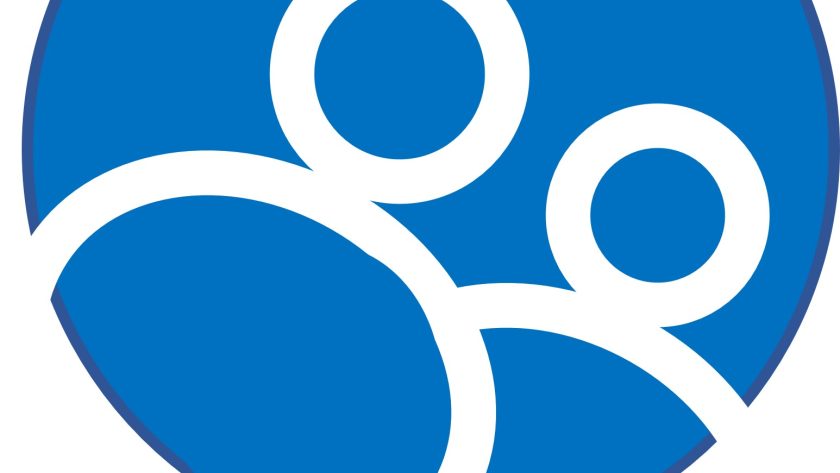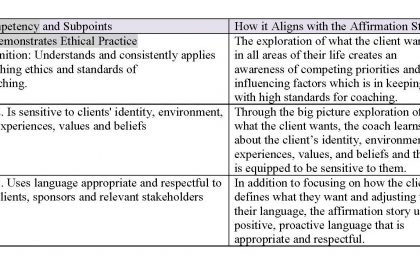Published with Permission from Assessments 24/7.

This is a Monday blog series; our regular coaching blog will be published on Thursday’s.
The previous blogs in this series explored DISC styles, interacting with each, then their communication and goal setting in groups. This blog focuses on how they use influence, involve others, and set goals in groups.
How the four styles use influence in groups:
The different styles try to sway, or influence, the group in different ways. This can become critical because every group at an early-stage wrestles with the issue of who’s going to wield power.
Dominance – High “D” Style
Dominant Styles like to influence others by structuring agendas, tasks, and assignments and, if relevant, use their formal position as leverage (“As general manager for the past 18 years, I’ve seen these situations develop, and I think….”)
Influence – High “I” Style
Influence Styles are more inclined to use flattery or compliments to win over the group and get its members to feel good as a team. They’ll often use humor to defuse tension or conflict. They try to avoid a hard line that’ll lose them acceptance or recognition by the group.
Steadiness – High “S” Style
Steady Styles, whether they’re anointed leaders or not, often take on the role of keeping the process moving along. They’ll elaborate on what others say and encourage everyone to have their say. They seek to exert influence indirectly by keeping things mellow and moving.
Conscientious – High “C” Style
Information and logic are the tools of Conscientious Styles. They like to furnish information that, directly or indirectly, suggests their expertise and experience. (“Remember, I was one of those who came up with the original plan. The rationale at that time was clear, and I think what we want to do here is….”) They’re the most likely to focus on the “rightness,” or logic, of a solution, rather than spend a lot of time debating who’s personally helped or hindered by it.
How the four styles involve others in groups:
Working in a group, by definition, means involving others. But the four styles vary in why and how enthusiastically they embrace others.
Dominance – High “D” Style
Generally, groups put together by Dominant Styles will be smaller and have shorter meetings than those set up by people with other styles. Often, the Dominant Style will want the group to make some key decisions on key issues, and then delegate the rest of the work to individuals or subcommittees.
Influence – High “I” Style
Influence Styles are more inclined to favor groups for groups’ sake. They like others to be involved in the give-and-take. Not everyone who’s put on a committee by an Influence Style will have a logical role there but, in the Influence Styles’s mind, that person is further seasoning for the soup, if not necessarily a main ingredient.
Steadiness – High “S” Style
Steady Styles also are innately attracted to groups. However, instead of using meetings for presentation of reports, they prefer to work toward consensus as they collect information from many sources.
Conscientious – High “C” Style
Conscientious Styles, too, involve others in groups to get information from a wide variety of sources. However, Conscientious Styles are generally less comfortable operating in groups. So they prefer to have much of the group work done behind the scenes by sub-groups or individuals. The Conscientious Style especially likes to be the only one who knows how all the parts of the group’s task puzzle fit together.
How the four styles make decisions in groups:
The four styles differ in their approach to group work because they tend to make decisions differently.
Dominance – High “D” Style
In a meeting run by Dominant Styles, decisions are more likely to be made unilaterally by the Dominant Styles, or he or she will call for a vote. Dominant Styles like voting because it’s clean, quick, and decisive. It keeps debating to a minimum. Also, it’s harder to argue that a vote is unfair and closure is clearly attained. Next topic!
A problem with voting – though the Dominant Styles rarely see it as a problem – is that there are winners and losers.
Influence – High “I” Style
Influence Styles, being more people-oriented, try to work out compromises that reduce resentment and smooth over differences. Influence Styles want to downplay group divisions. So, they’re not big on voting.
Steadiness – High “S” Style
Steady Styles also prefer decisions by consensus. They’d like to see the majority of the group be on the bus. So, actions tend to be worked and reworked until almost all are in agreement.
Conscientious – High “C” Style
Conscientious Styles crave “rational” decisions. Optimally, the decision won’t be made as much as it will be dictated by the facts and logic of the situation, including the key players required to make it work. Conscientious Styles like to list pros and cons of issues – sometimes even weighing the options numerically – to reach the “correct” decision. The process, they believe, will make obvious the best course of action.
The next blog will talk about adapting to others based on DISC styles.





